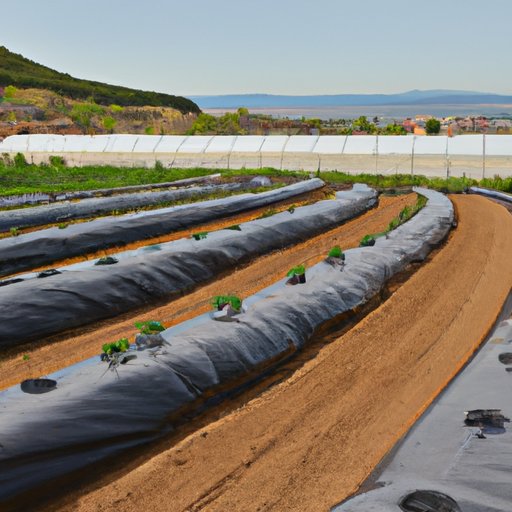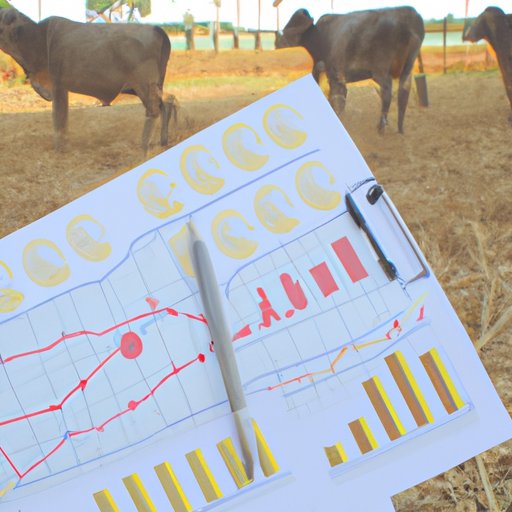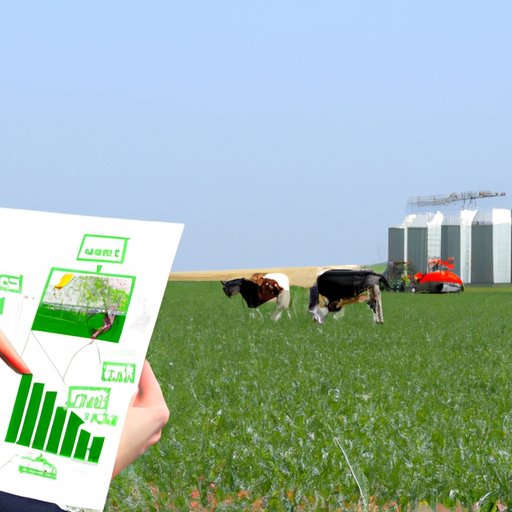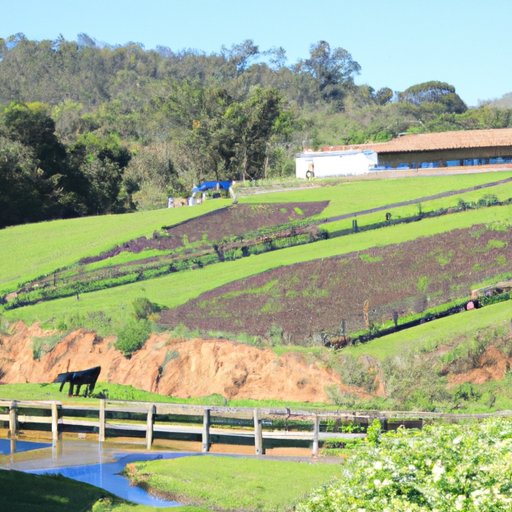Introduction
Agricultural investments are a great way to diversify your portfolio and earn a steady income over time. But what is the best agricultural investment? With so many options available, it can be difficult to know where to start. In this article, we will explore the different types of agricultural investments, analyze the return on investment, examine the risks associated with these investments, and identify the best agricultural investment opportunities.
Definition of Agricultural Investment
Agricultural investment refers to any type of investment made in the agricultural sector, including both land and business investments. These investments can range from small-scale operations such as backyard gardens or beekeeping to large-scale commercial farms. Agricultural investments can also include investments in livestock, aquaculture, agribusiness, and horticulture.
Benefits of Investing in Agricultural Businesses
Agricultural investments offer numerous benefits for investors. First and foremost, investing in agricultural businesses can provide a steady stream of income over time. Additionally, agricultural investments are often less volatile than other types of investments, meaning they are less likely to experience drastic changes in value. Furthermore, agricultural investments often come with tax incentives that can help reduce your overall tax burden. Finally, agricultural investments can provide a hedge against inflation, as the cost of food typically rises with inflation.

Different Types of Agricultural Investments
When it comes to agricultural investments, there are numerous options available. Here are some of the most common types of agricultural investments:
Commercial Farming
Commercial farming involves the production of crops and livestock on a large scale. It is one of the most popular forms of agricultural investment and can be quite lucrative if managed properly. Commercial farming requires significant capital upfront, however, and can be risky if done without proper research and planning.
Livestock Farming
Livestock farming involves the breeding and raising of animals for meat, dairy, or eggs. It is a relatively low-cost form of agricultural investment, but it requires a significant amount of time and effort to manage. Additionally, the returns on investment can vary significantly depending on market conditions and the quality of the livestock.
Aquaculture
Aquaculture is the farming of aquatic organisms such as fish, shellfish, and aquatic plants. It is a relatively low-risk form of agricultural investment, as the production costs are typically low and the demand for seafood is generally high. Additionally, aquaculture can be used to produce organic, sustainably-sourced products.
Agribusiness
Agribusiness is the business of buying, selling, and processing agricultural products. It is a highly profitable form of agricultural investment, as it allows investors to capitalize on the sale of products without having to own the land or equipment needed to produce them. Additionally, agribusiness can provide a steady stream of income from the sale of processed goods.
Horticulture
Horticulture is the cultivation of fruits, vegetables, flowers, and other plants. It is a low-cost form of agricultural investment and can provide a steady income if managed properly. Additionally, horticulture can be used to produce organic, sustainably-sourced products.

Analyzing the Return on Investment for Agricultural Investments
When evaluating the potential returns of an agricultural investment, there are several factors to consider. First and foremost, you should analyze the economic factors that could affect the profitability of the investment. This includes things like the current market prices for agricultural products, the cost of labor, and the cost of materials. Additionally, you should look into any tax incentives that may be available to help reduce the cost of your investment. Finally, you should consider risk management strategies to help protect your investment from unexpected losses.
Examining the Risks Associated with Agricultural Investments
Agricultural investments come with a certain degree of risk. For example, market fluctuations can cause the value of your investment to drop suddenly. Additionally, weather conditions can have a major impact on crop yields and livestock health. Finally, pest infestations can damage crops and make them unsellable.

Identifying the Best Agricultural Investment Opportunities
When looking for the best agricultural investment opportunities, it is important to do your research. Start by researching current trends in the agricultural industry, such as new technologies or changing consumer preferences. Additionally, look for local opportunities that may not be available in other areas. Finally, consider the long-term profitability of the investment and make sure you are comfortable with the level of risk involved.
Conclusion
Agricultural investments can be a great way to diversify your portfolio and earn a steady income over time. However, it is important to understand the different types of investments, analyze the return on investment, and identify potential risks before making a decision. By researching current trends, looking for local opportunities, and considering long-term profitability, you can identify the best agricultural investment opportunities for your needs.
(Note: Is this article not meeting your expectations? Do you have knowledge or insights to share? Unlock new opportunities and expand your reach by joining our authors team. Click Registration to join us and share your expertise with our readers.)
